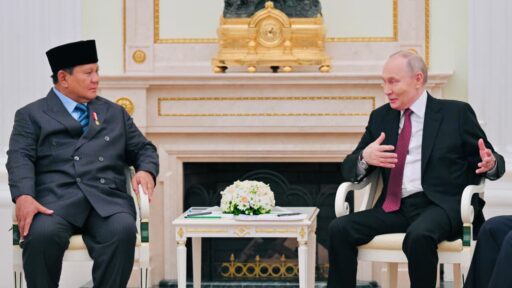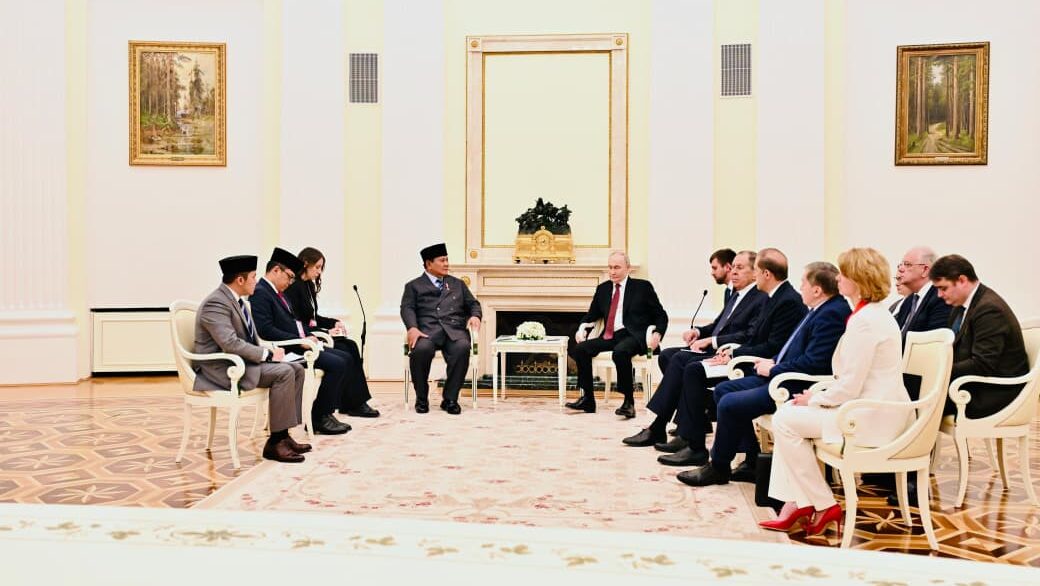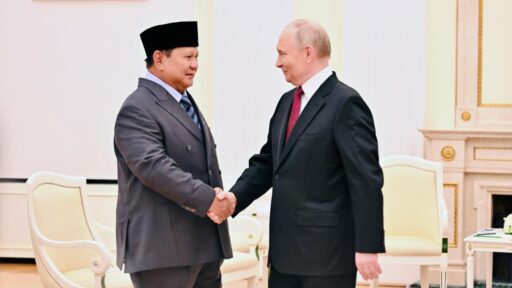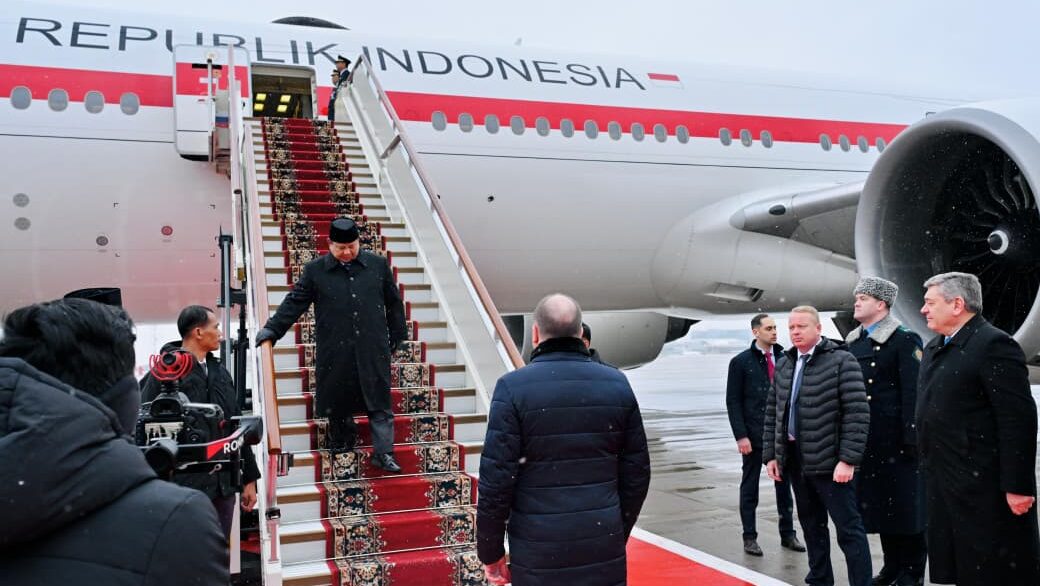Indonesias Economy Grows by 5.01% in Q2:BPS
 The Central Statistics Agency (BPS) reported that Indonesias economy in the second quarter this year grew by 5,01 percent from the economic growth in the second quarter last year (YoY).
The Central Statistics Agency (BPS) reported that Indonesias economy in the second quarter this year grew by 5,01 percent from the economic growth in the second quarter last year (YoY).
It said that the growth was sustained by almost all aspects, except the provision of gas electricity, public administration, defense, and mandatory social security that experienced declined by 2.53 percent and 0.03 percent respectively.
The highest growth was reported by the information and communication sector (10.88%), followed by other services (8.63 percent), and warehouse transportation (8.37 percent), said BPS Head Kecuk Suhariyanto at the office of BPS in Jakarta on Monday (7/8).
In the meantime, compared to the growth in the first quarter this 2017 (Q-to-Q), Suhariyanto said that Indonesias economy in the second quarter this year grew by 4 percent. He added that seasonal factors in the agricultural, forestry, and fishery sectors contributed to the growth in which the country experienced great harvest for a number of plantation commodities such as coffee and sugar cane.
In addition, Suhariyanto also said that Eid Al Fitr also triggered growth of a number of businesses such as transportation business, warehouses business, information and communication business, and other services. Growth was reported in almost all lines of business except provision of gas electricity that experienced 0.99 percent drop, Suhariyanto said.
Meanwhile, in comparison with the growth in first semester in 2016, Suhariyanto said that Indonesias economy grew by 5.01 percent. He added that the growth was reported in almost all businesses, except gas electricity provision that dropped by 0.50 percent.
In terms of spending, BPS reported that in comparison of economic growth in the second quarter last year, economic growth was reported in almost all components, with the exception of government spending consumption. The highest growth was reported by non-profit institutions consumption that serves household (8.49 percent), followed by the establishment of gross fixed capital/PMTB (5.35 percent), and household consumption spending (4.95 percent), Suhariyanto said.
Suhariyanto further said that Indonesias economic structure in the second quarter this year spatially is still dominated by provinces in Java and contributed 58.65 percent to the countrys Gross Domestic Product (GDP), followed by Sumatra (21.69 percent) Kalimantan (8.15 percent), Sulawesi (6.12 percent), and the other islands (5.39 percent). (Humas BPS/ES) (EP/YM/Naster)








